
Objective: understand the relations between the different components of a computer
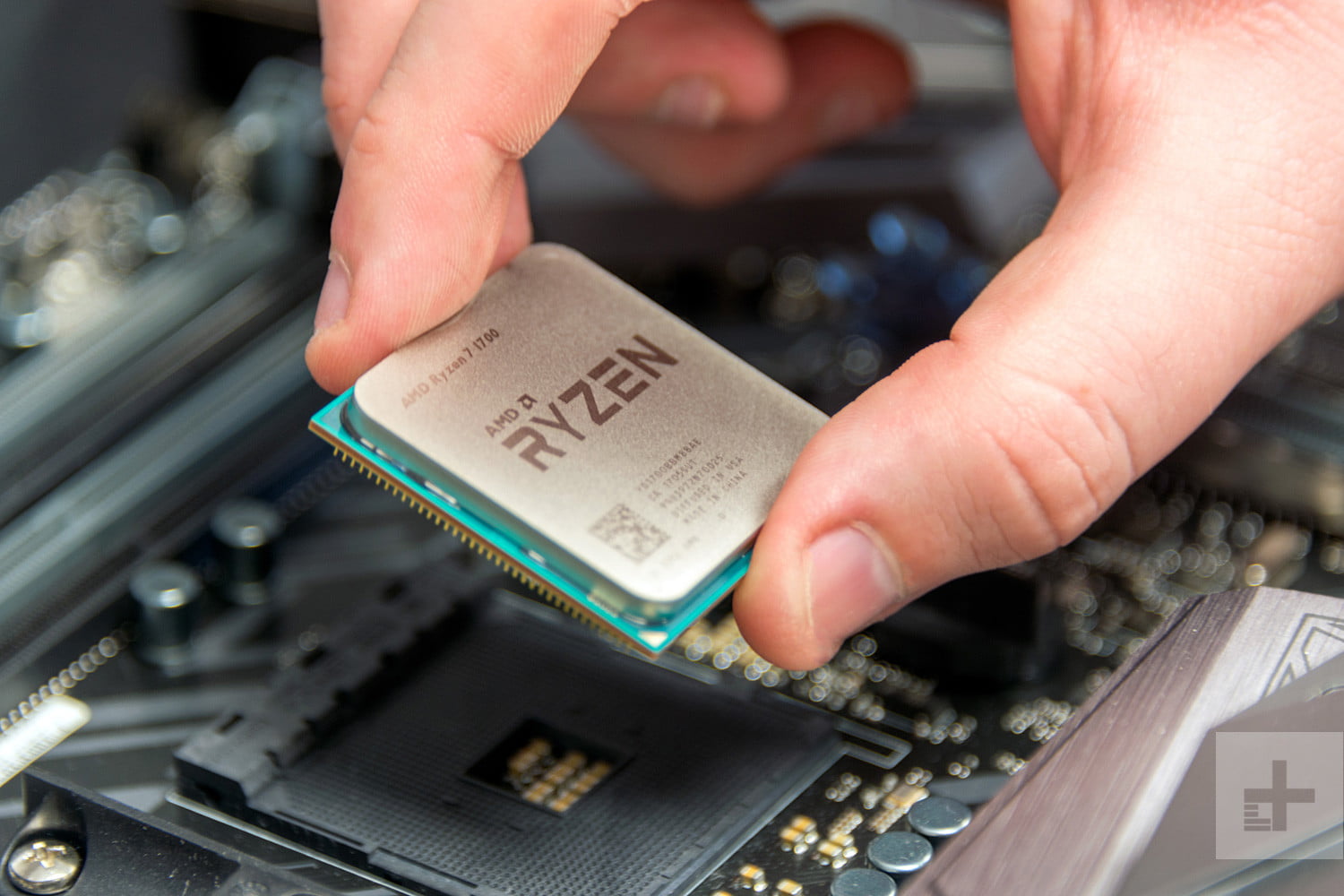
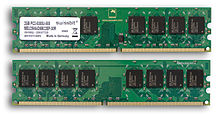
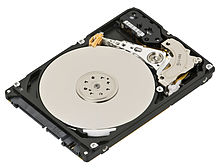
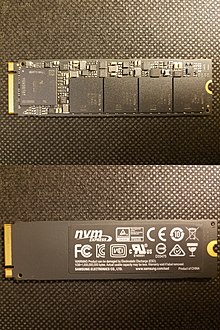

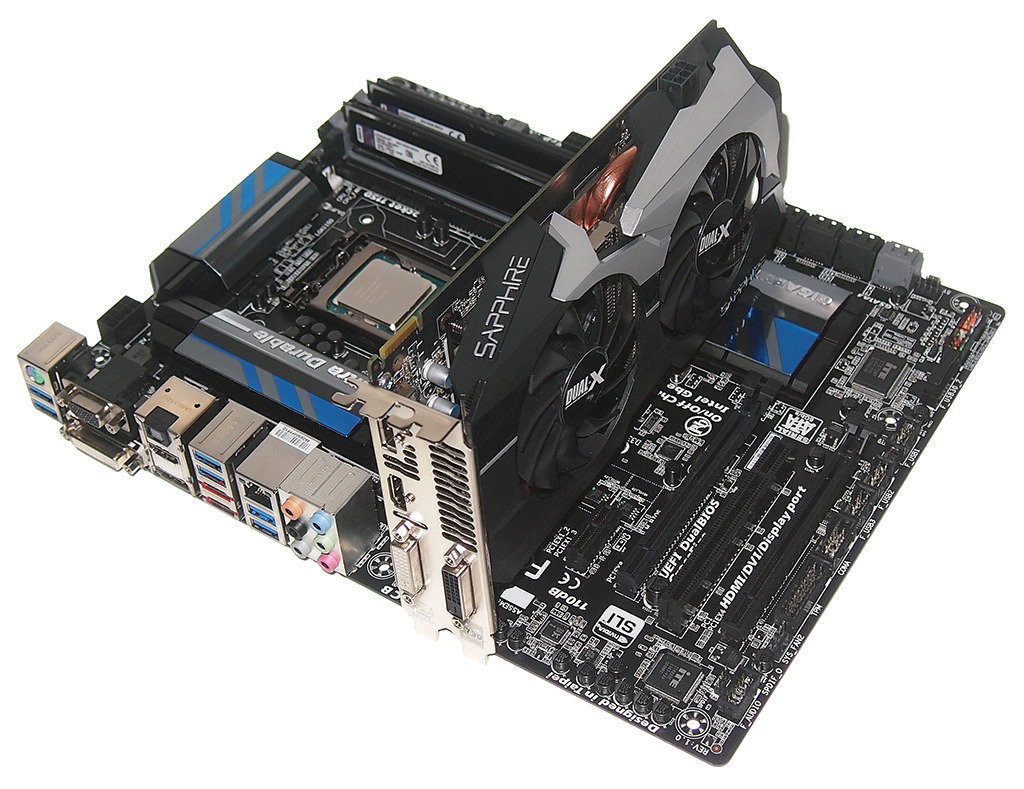
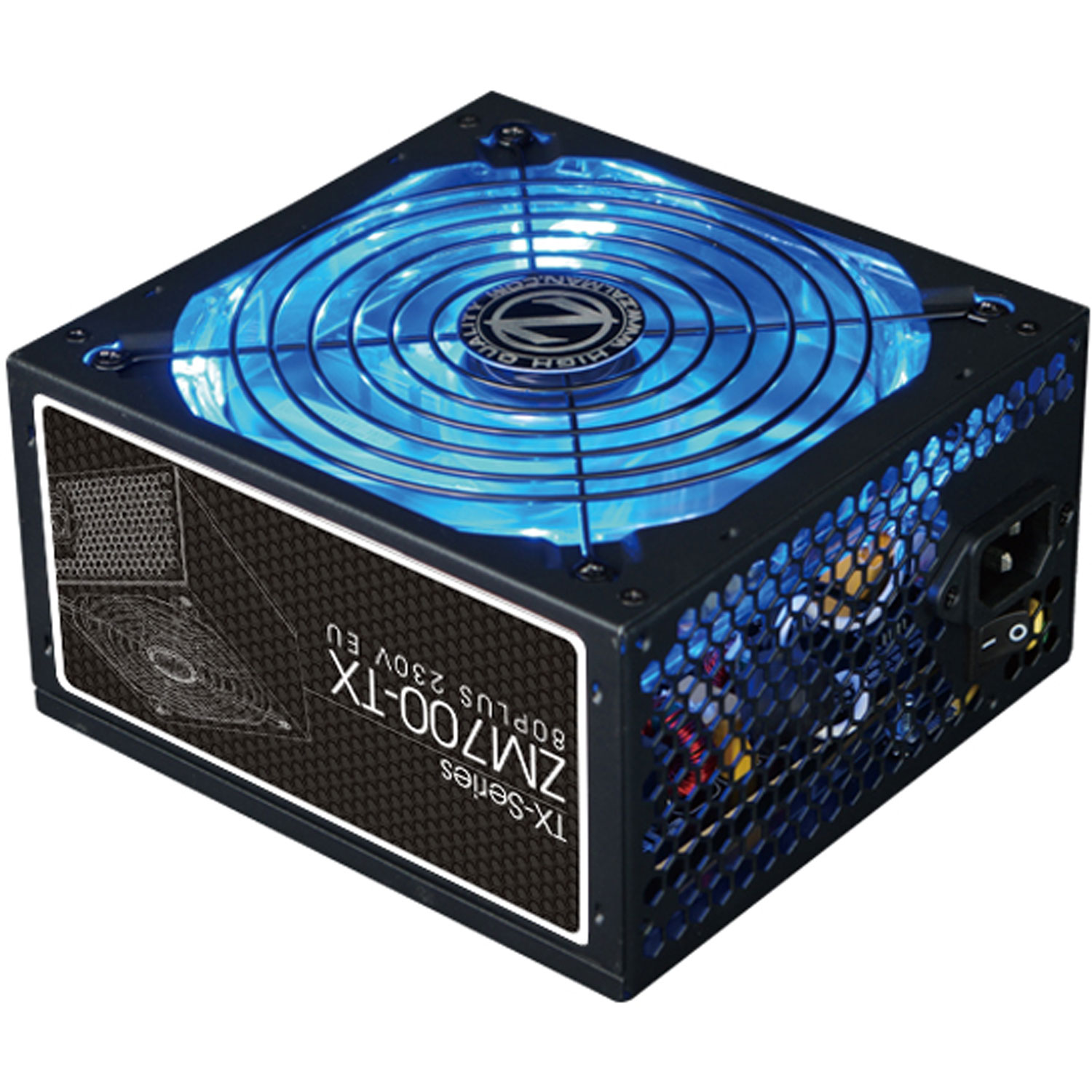
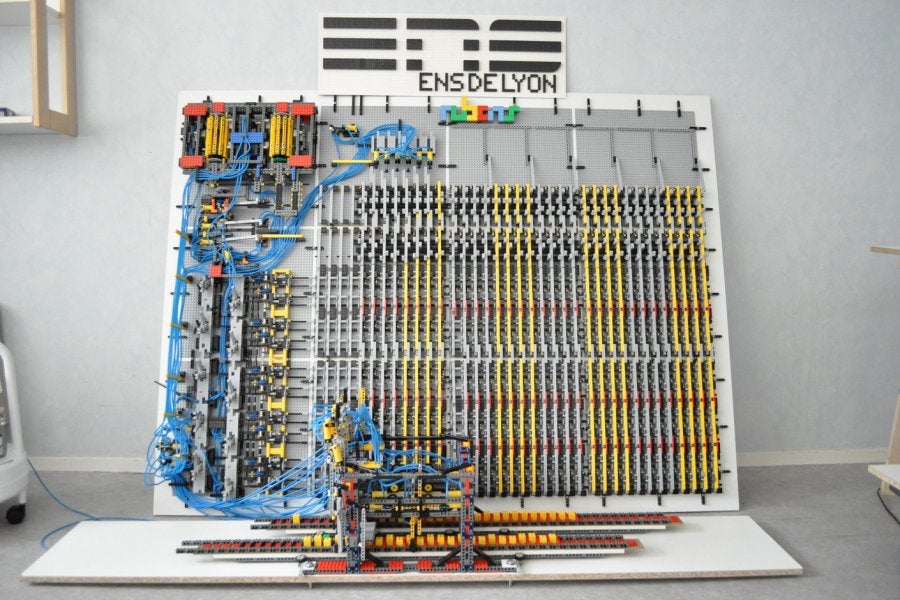

Used to perform hardware initialization during the booting process (power-on startup), and to provide runtime services for operating systems and programs.
Advantages:
Disadvantages:
A system software that manages computer hardware, software resources, and provides common services for computer programs.
The kernel provides the most basic level of control over all of the computer’s hardware devices. It manages memory access for programs in the RAM, it determines which programs get access to which hardware resources, it sets up or resets the CPU’s operating states for optimal operation at all times, and it organizes the data for long-term non-volatile storage with file systems on such media as disks, tapes, flash memory, etc.
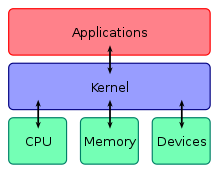
Unix is a family of multitasking, multiuser computer operating systems that derive from the original AT&T Unix,
The ones you are likely to encounter: - macOS - BSD (Berkeley Software Distribution) variant - GNU/Linux
The philosophy of UNIX is to have a large number of small software which do few things but to them well.
Linux is the name of the kernel which software, to get a full OS, Linux is part of the GNU Project.
The GNU with Richard Stallman introduced the notion of Free Software: 1. The freedom to run the program as you wish, for any purpose. 2. The freedom to study how the program works, and change it so it does your computing as you wish. Access to the source code is a precondition for this. 3. The freedom to redistribute copies so you can help others. 4. The freedom to distribute copies of your modified versions to others. By doing this you can give the whole community a chance to benefit from your changes. Access to the source code is a precondition for this.
You can find a list of software licenses
Instead of installing GNU/Linux on your computer, you are going to learn to use the IFB Cloud.